¡Hola mis queridos amigos de Hive amantes de la ciencia!
¡Hello my dear science-loving Hive friends!
Seguimos hablando de los téjidos que constituyen nuestro cuerpo humano, primeramente hablamos de los téjidos epiteliales, luego todo ese téjido conectivo que se encarga de proteger, por último continuamos con esta tercera parte, en la que hablaremos de dos tejidos importantes como lo es el téjido muscular y el téjido nervioso, conozcamos detalladamente más acerca de los mismos.
We continue talking about the tissues that make up our human body, first we talk about the epithelial tissues, then all the connective tissue that is responsible for protecting, finally we continue with this third part, in which we will talk about two important tissues such as muscle tissue and nervous tissue, let's learn more about them in detail.
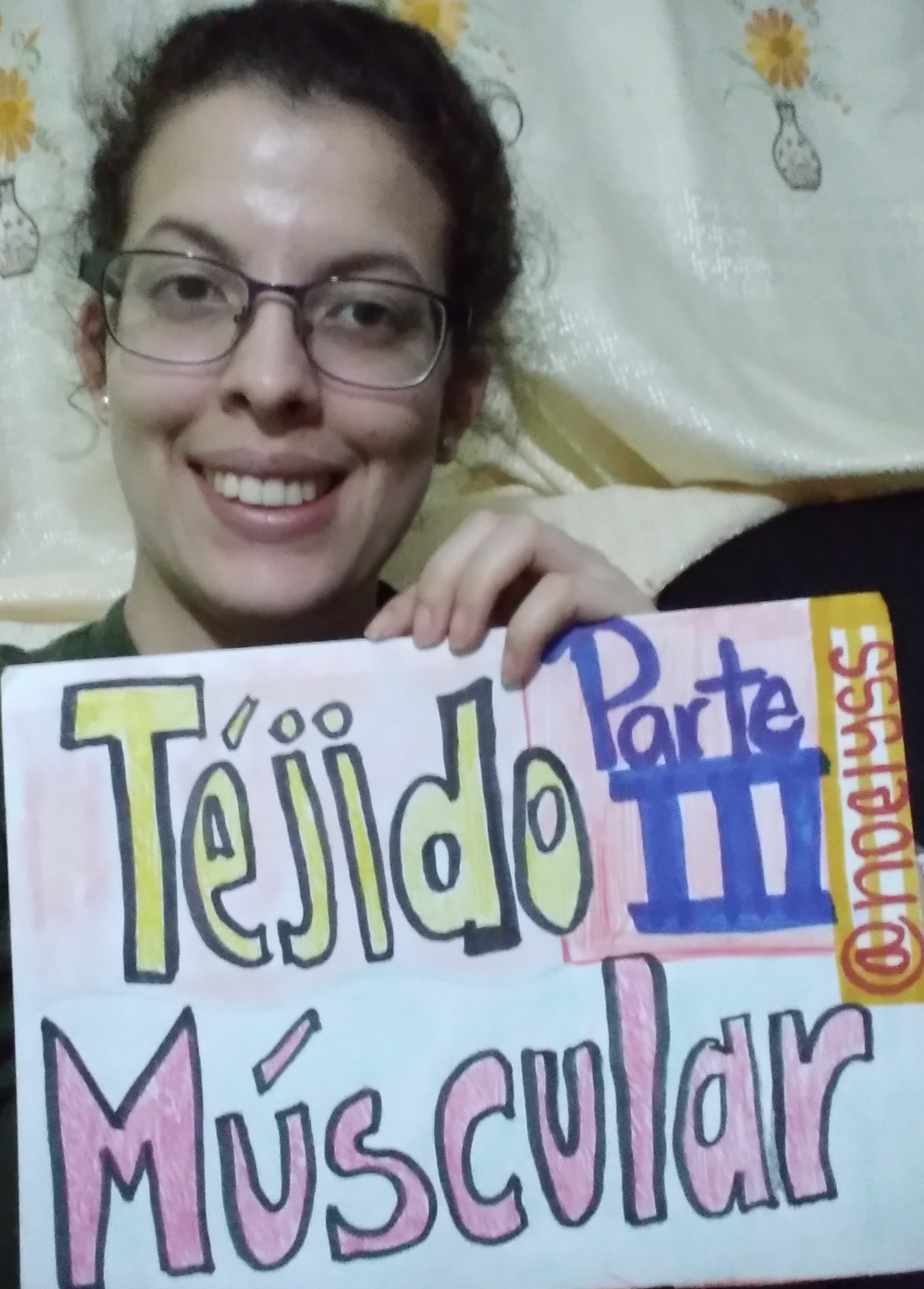
¿Que es el téjido muscular y de que se encuentra formado?
Es el téjido que se encontrará presente en todos los músculos, estará formado por diferentes células como son las alargadas y multinucleares que llevan por nombre miocitos, estas pueden tener la función de estirarse o acortarse, adaptan una forma determinada para ejercer movimiento de contracción o relajación. Cabe destacar que al perder forma llevan por nombre, fibras musculares, el téjido muscular presentará tres diferentes tipos de músculos los cuales son:
What is the muscle tissue and what is it made of ?
It is the tissue that will be present in all muscles, it will be formed by different cells such as elongated and multinuclear cells called myocytes, these can have the function of stretching or shortening, they adapt a certain shape to exert contraction or relaxation movement. It should be noted that when they lose shape they are called muscle fibers, the muscle tissue will present three different types of muscles which are:
Músculo Esquelético:
Este juega un papel primordiales en los movimientos de los huesos, actúa de forma voluntaria, también cuando se encuentra descansando, en sus fibras va presentar diferentes estrías, por lo que también se le puede colocar por nombre músculo estriado.
Skeletal Muscle:.
This plays a primordial role in the movements of the bones, it acts voluntarily, also when it is resting, in its fibers it will present different striations, so it can also be called striated muscle.
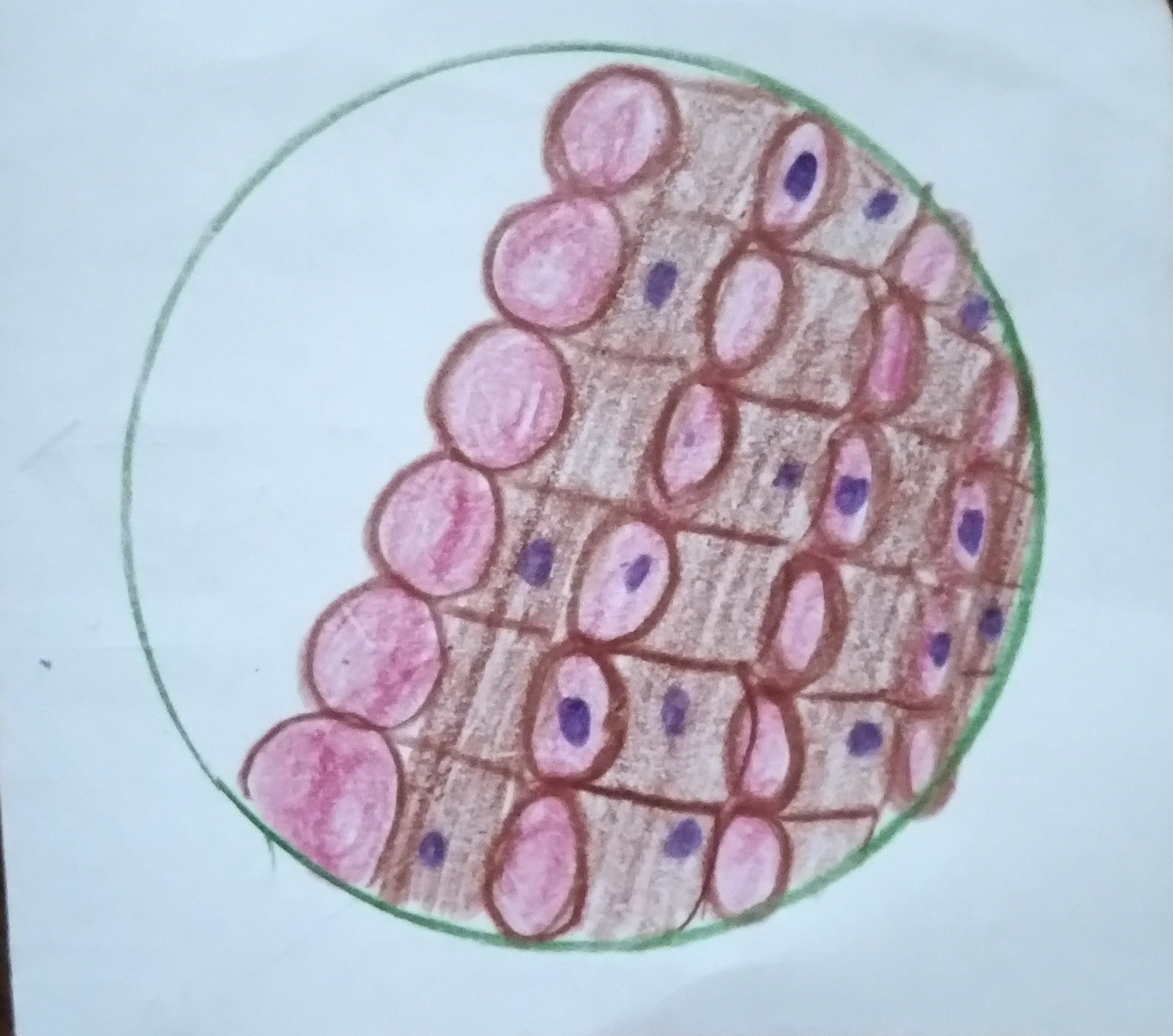
Músculo cardiaco:
Este va representar las paredes del corazón, será el Músculo que tendrá como función las contracción ejercidas por el corazón, será diferente al esquelético ya que es involuntario y autorritmico, ya que va general su propio impulso contráctiles.
Cardiac muscle
This will represent the walls of the heart, it will be the muscle that will have as a function the contraction exerted by the heart, it will be different from the skeletal as it is involuntary and self-paced, since it will generate its own contractile impulse.
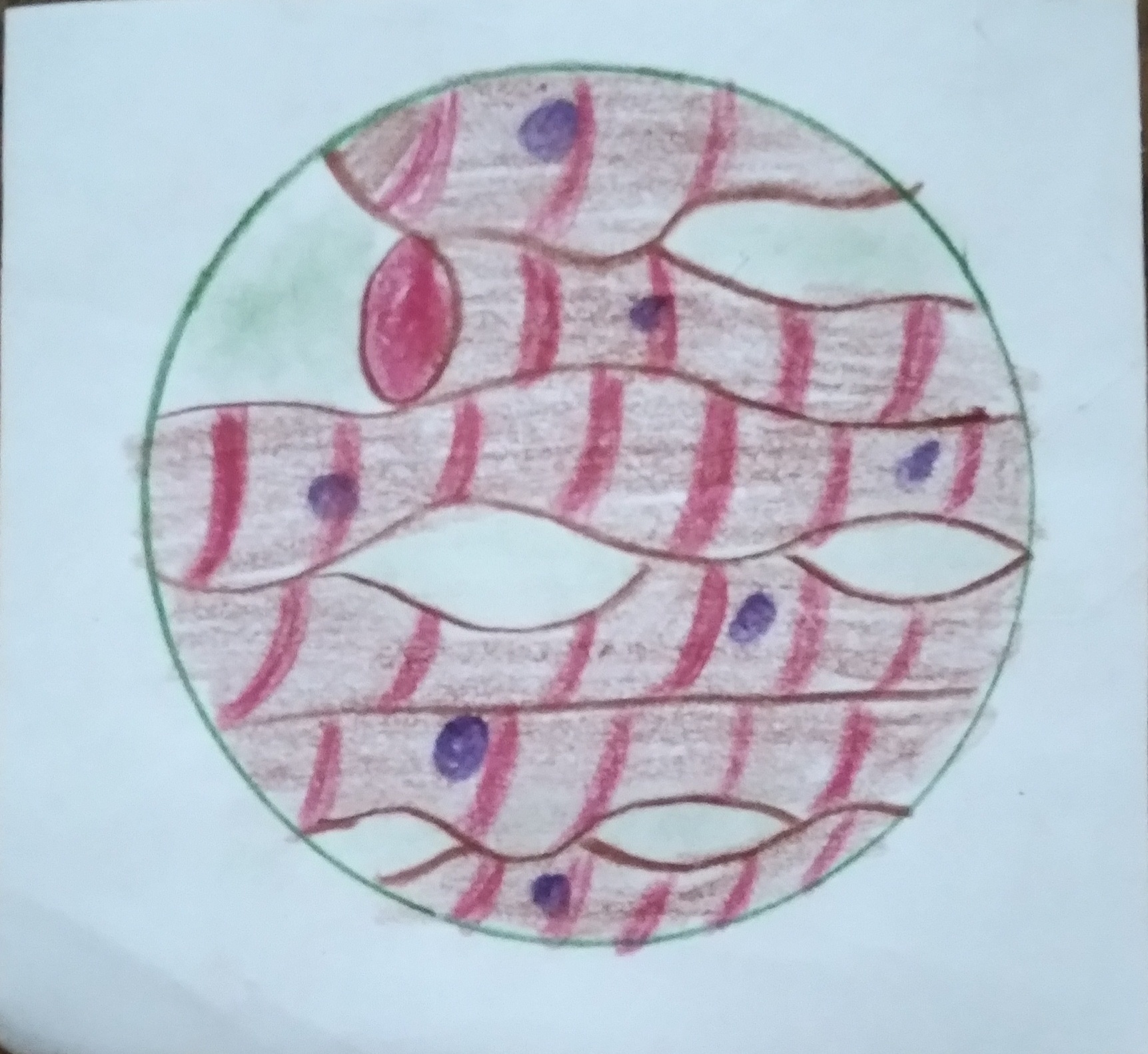
Músculo liso:
Estará ubicado en las paredes de los órganos del sistema digestivo, urinario y respiratorio, también en los vasos sanguíneos, no tendrá estrías y fibras a lo largo, también será involuntario y arritmico como el cardíaco.
Smooth muscle:
It will be located in the walls of the organs of the digestive, urinary and respiratory system, also in the blood vessels, it will not have grooves and fibers along, it will also be involuntary and arrhythmic like the cardiac.

Ahora conozcamos del Téjido Nervioso:
Este va constituir todos los nervios, se va encontrar formados por neuronas, estas serán responsables de captar diferentes estímulos que serán recibidos en el sistema nervioso central, el téjido nervioso estará compuesto de otras células que llevan por nombre neuroglías que ayudarán a proteger y sostener las neuronas.
Now let's know about the Nervous Tissue:.
This will constitute all the nerves, it will be formed by neurons, these will be responsible for capturing different stimuli that will be received in the central nervous system, the nervous tissue will be composed of other cells called neuroglias that will help to protect and sustain the neurons.
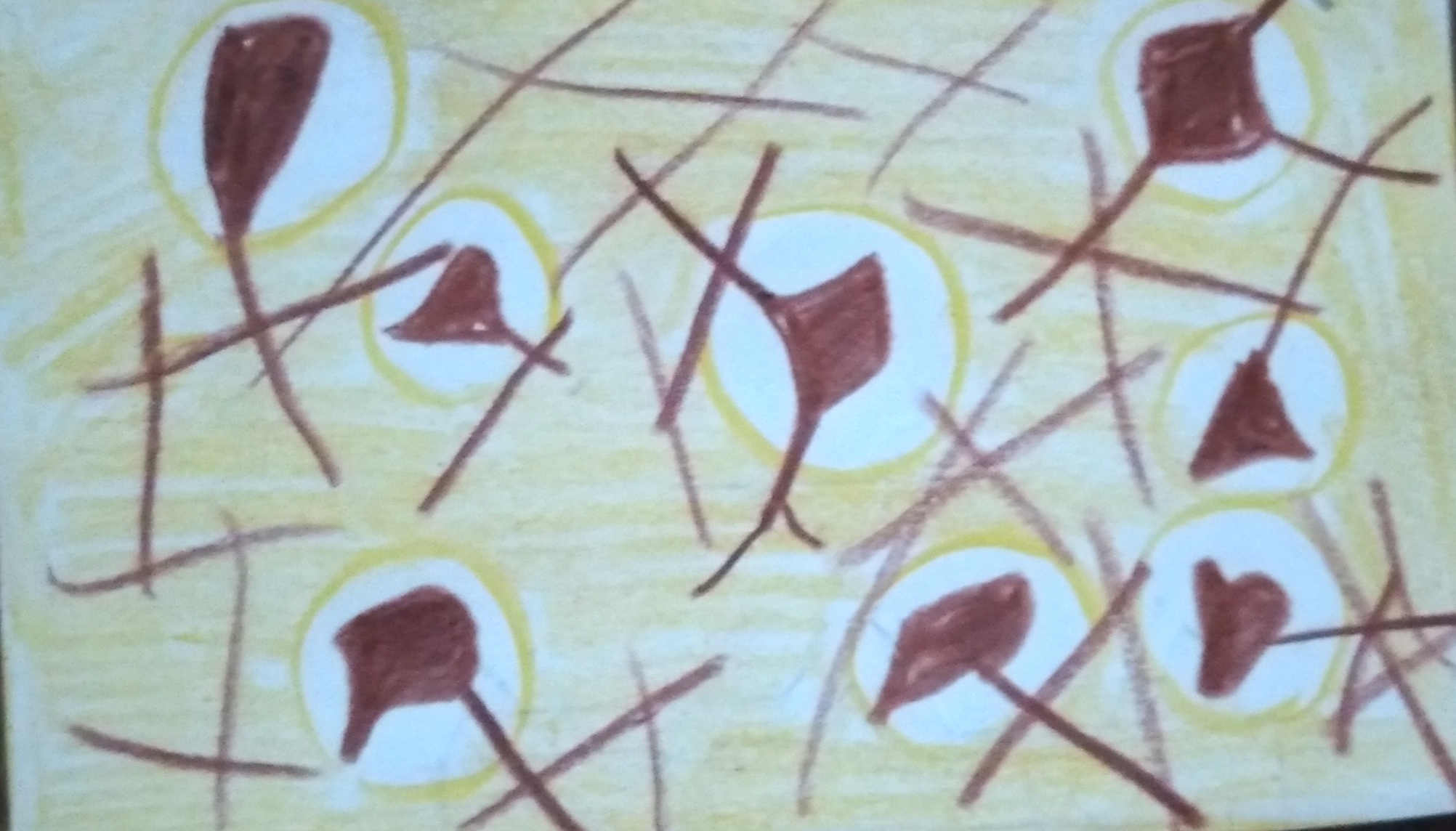
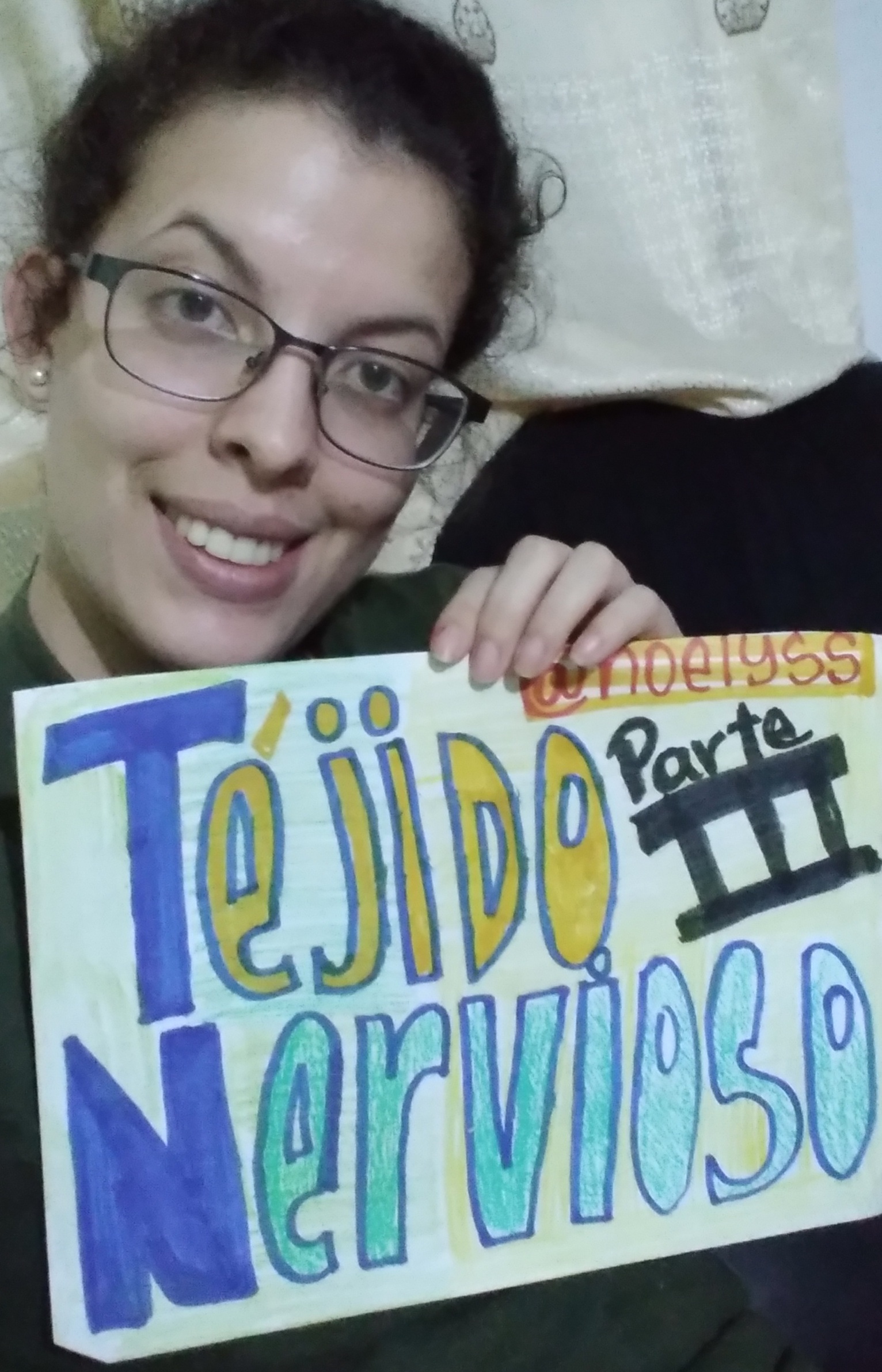
Referencia Informativa:Información analizada por mi, gracias a la cátedra de Histología Bucal y General, Universidad del Zulia, Facultad de Odontología.
**Information analyzed by me, thanks to the chair of Oral and General Histology, University of Zulia, Faculty of Dentistry.

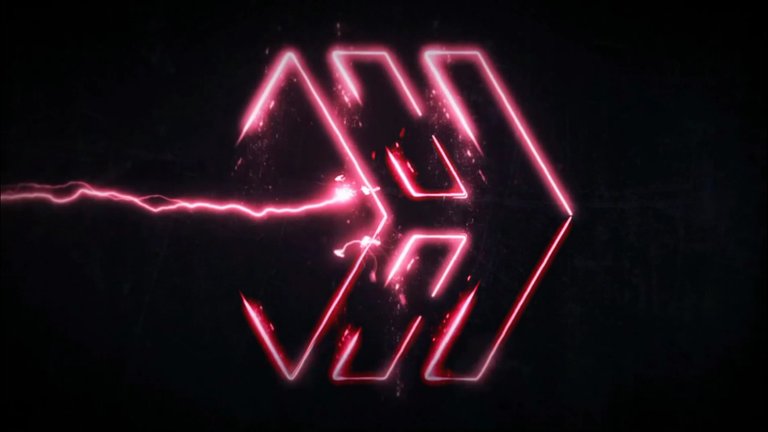 créditos @doze
créditos @doze

Texto traducido en Deelp
Your content has been voted as a part of Encouragement program. Keep up the good work!
Use Ecency daily to boost your growth on platform!
Support Ecency
Vote for Proposal
Delegate HP and earn more
Muchas gracias @ecensy
Thanks for your contribution to the STEMsocial community. Feel free to join us on discord to get to know the rest of us!
Please consider supporting our funding proposal, approving our witness (@stem.witness) or delegating to the @stemsocial account (for some ROI).
Please consider using the STEMsocial app app and including @stemsocial as a beneficiary to get a stronger support.